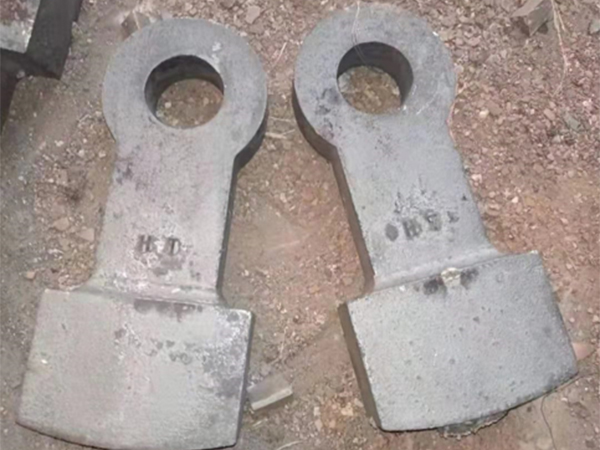The Art and Craft of Sand Casting Examples of Sand Casting Products
Sand casting, one of the oldest manufacturing processes, continues to play a vital role in modern industry. This versatile method involves creating a mold from sand and then pouring molten metal into it to form various shapes and products. The simplicity of the process, combined with its ability to create complex geometries, makes sand casting a popular choice for producing a wide range of items. In this article, we will explore several examples of sand casting products that illustrate the breadth and utility of this age-old technique.
1. Engine Blocks
One of the most significant applications of sand casting is in the automotive industry. Engine blocks are often produced using this method due to the intricate designs and structural integrity required for high-performance engines. The casting process allows manufacturers to create complex cooling passages and designs that are crucial for efficient engine operation. The ability to easily cast large components, such as engine blocks, also helps in reducing overall production costs and time.
Sand casting is extensively used to produce various piping components, including fittings and valves. These products are essential in many industries, including oil and gas, water supply, and wastewater management. The durability and strength provided by sand castings ensure that these components can withstand high pressure and harsh environmental conditions. Common products include elbows, tees, flanges, and other specialty fittings, all of which are crucial for maintaining the flow and integrity of piping systems.
3. Artistic Sculptures and Decorative Items
Not all sand cast products are industrial. The artistic community frequently utilizes sand casting to create detailed sculptures, jewelry, and decorative items. Artists can produce unique pieces that feature intricate details and complex designs that are difficult to achieve with other manufacturing methods. This aspect of sand casting exemplifies its versatility—not only can it meet functional needs, but it can also serve creative and aesthetic purposes. Artists appreciate the ability to reproduce their works with precision while still offering the option for custom designs.
examples of sand casting products

4. Kitchenware
Another intriguing application of sand casting is in the production of kitchenware, such as cookware and utensils. Cast iron skillets, Dutch ovens, and even decorative items like trivets often originate from sand casting processes. The heat retention and distribution qualities of cast iron make it an ideal material for cooking, while the sand casting technique ensures that these kitchen items can be produced in bulk with consistent quality. Additionally, the rustic design achieved through sand casting is attractive for many consumers, adding aesthetic value to functional kitchen tools.
5. Aerospace Components
The aerospace industry also benefits from sand casting, particularly for components that require a high strength-to-weight ratio. Parts such as brackets, housings, and other structural elements can be sand cast from lightweight alloys, allowing for both strength and reduced weight. This is critical in aviation, where every ounce of weight saved contributes to increased fuel efficiency and overall performance. Moreover, the ability to form intricate shapes supports the unique design requirements in aerospace engineering.
6. Articulated Figures and Toys
Beyond industrial applications, sand casting is also used to manufacture articulated figures and toys. The process allows for the creation of imaginative designs that might include movable parts and intricate details, appealing to both children and collectors. This method ensures durability while providing a fun and creative outlet in the toy industry.
Conclusion
Sand casting has proven to be an invaluable manufacturing process that spans various industries, from automotive and aerospace to art and kitchenware. Its ability to create complex shapes and details makes it a preferred method for both functional and aesthetic products. As technology evolves, so too does the sand casting process, with advancements in materials and techniques allowing manufacturers to broaden the spectrum of products that can be efficiently and effectively produced. Whether producing large engine blocks or intricate sculptures, sand casting remains an essential craft that intertwines historical significance with modern innovation.
Post time:ديسمبر . 15, 2024 20:29
Next:golden sands development
